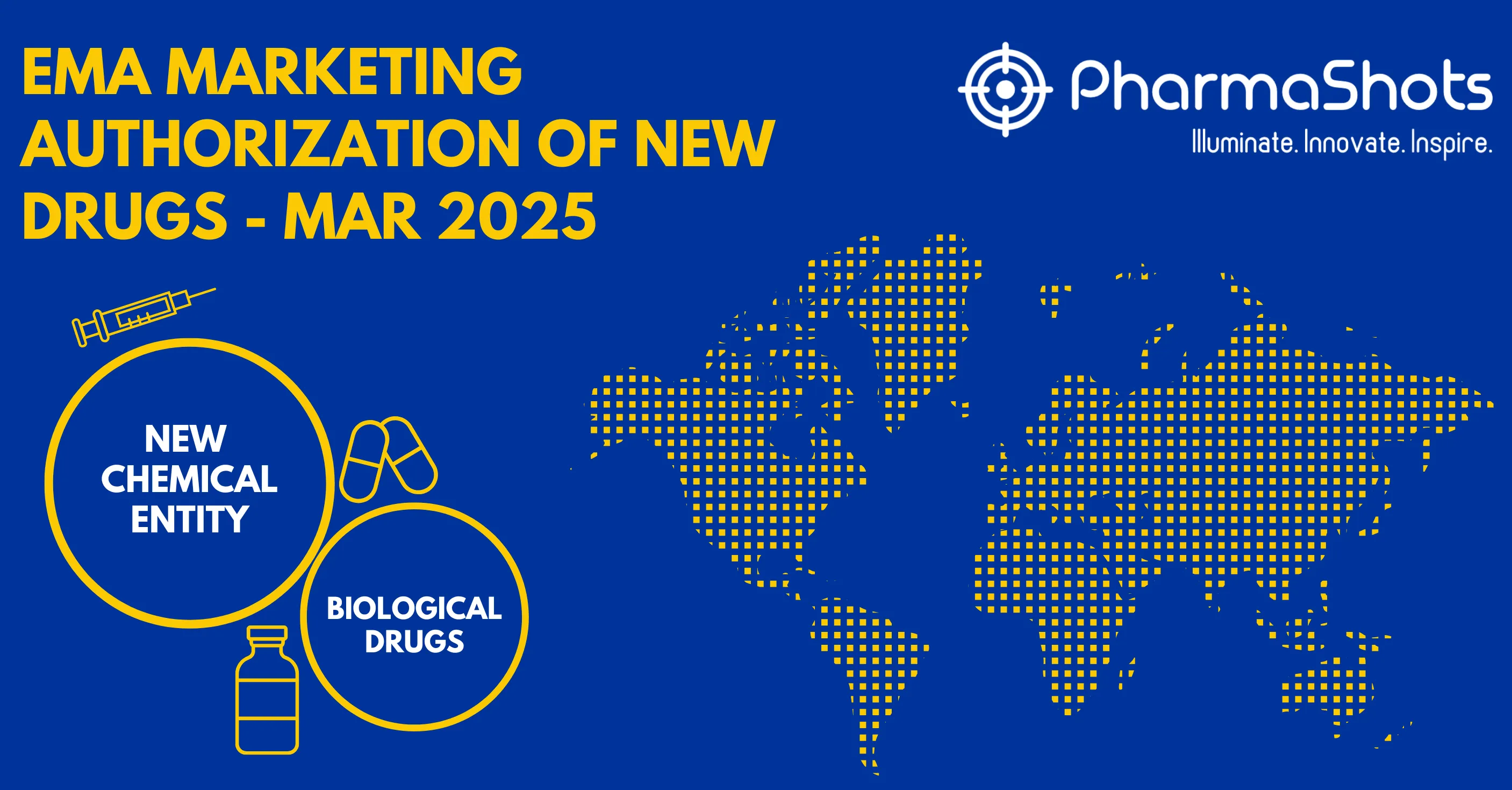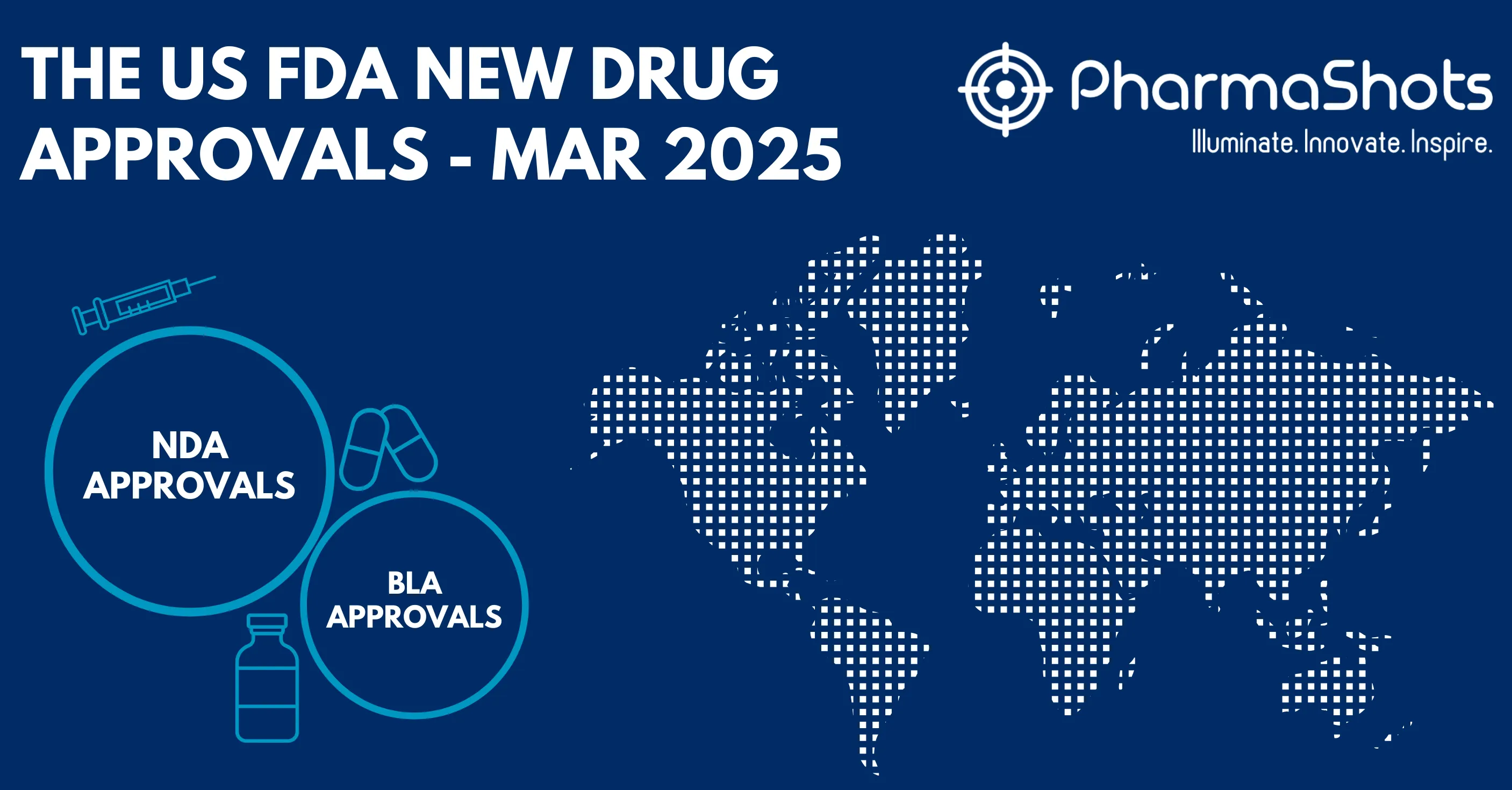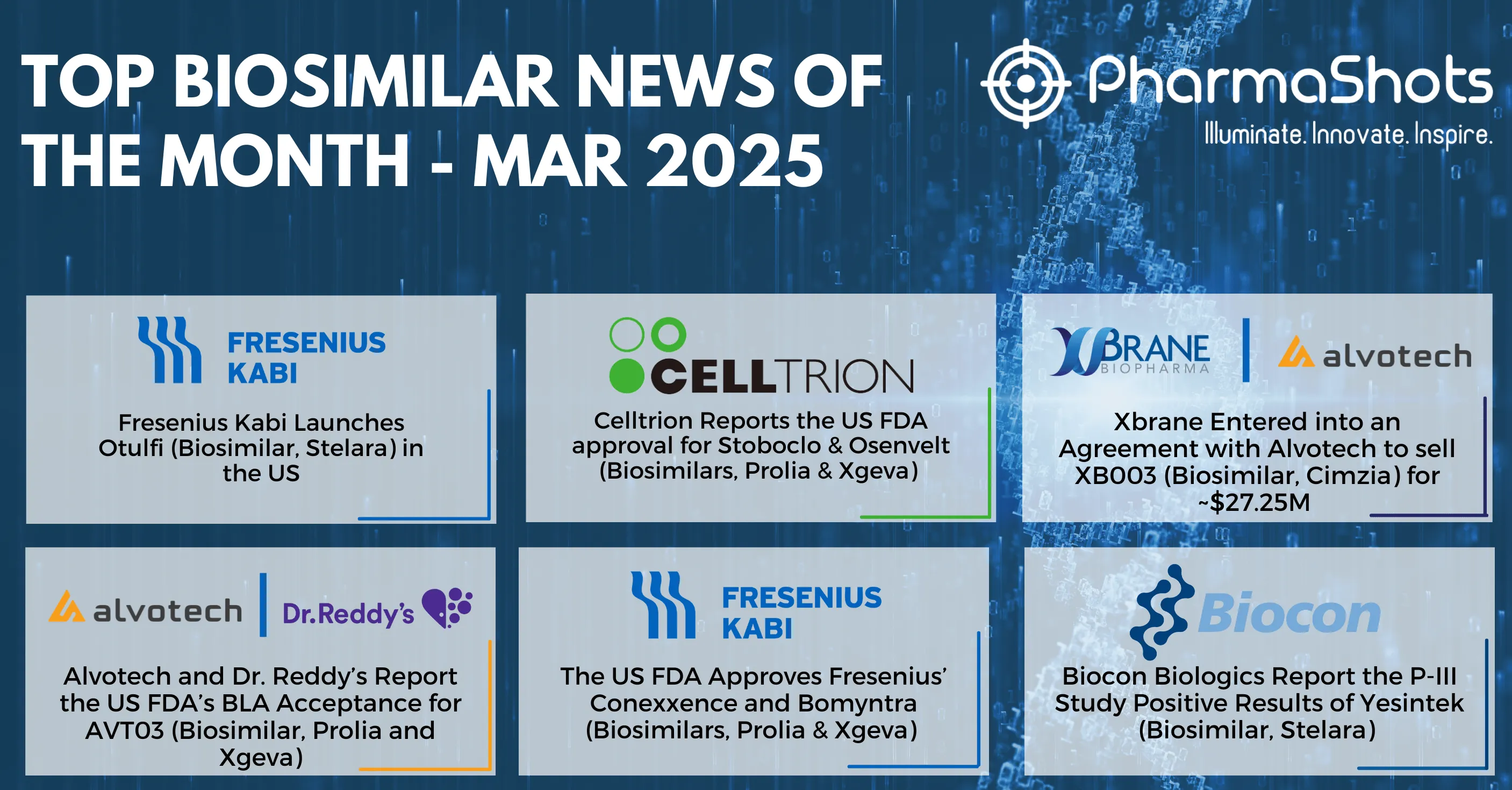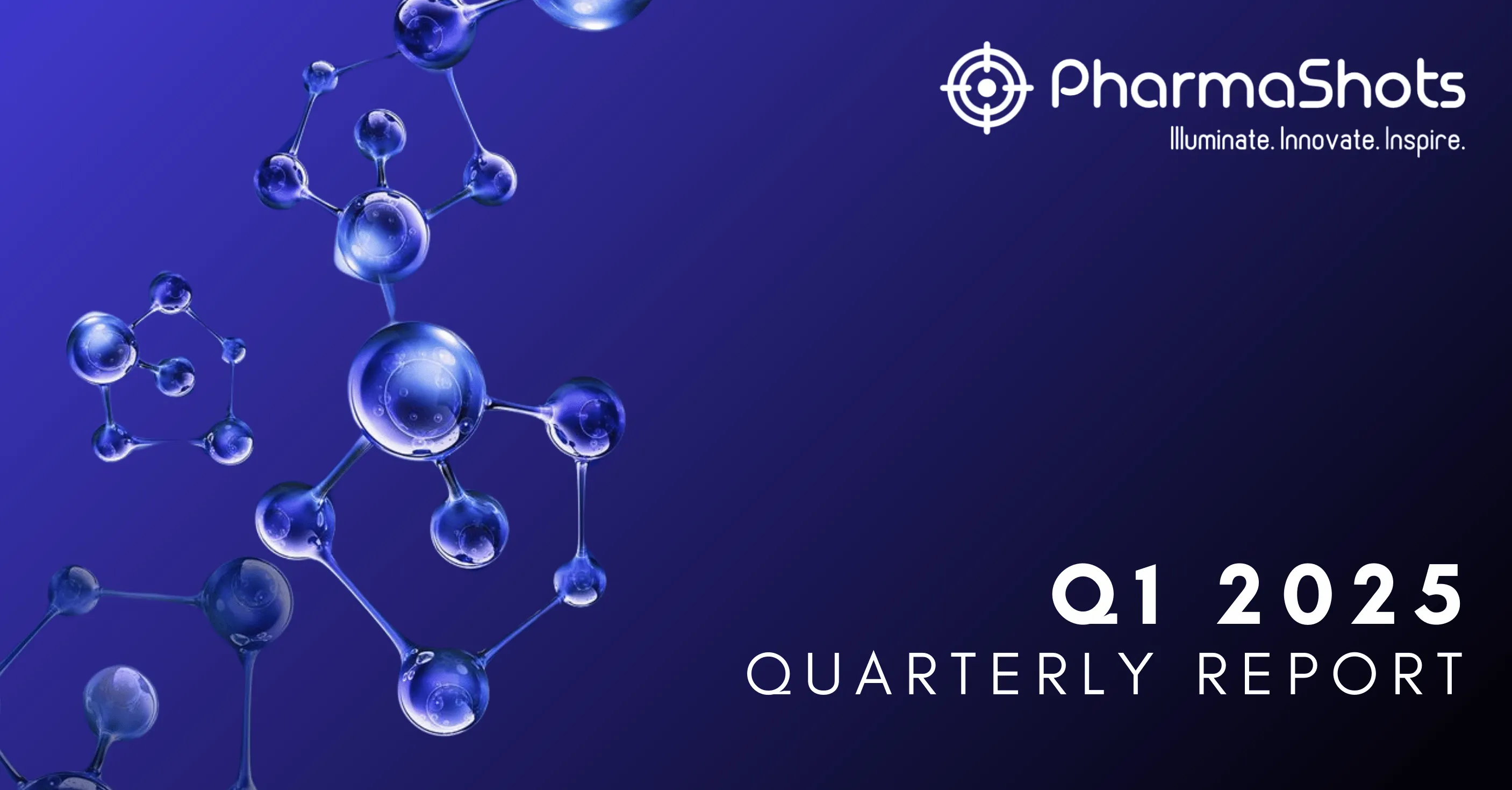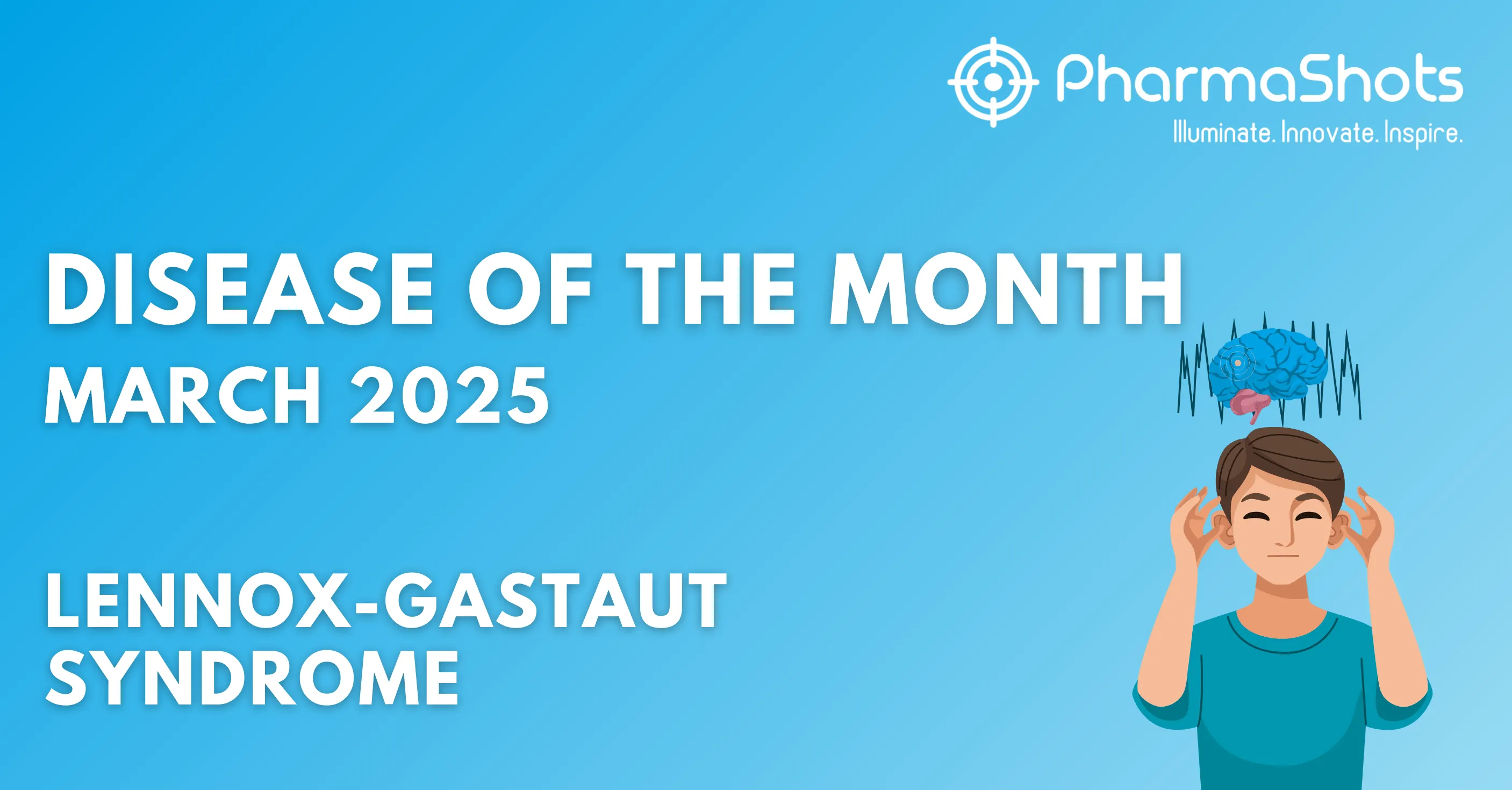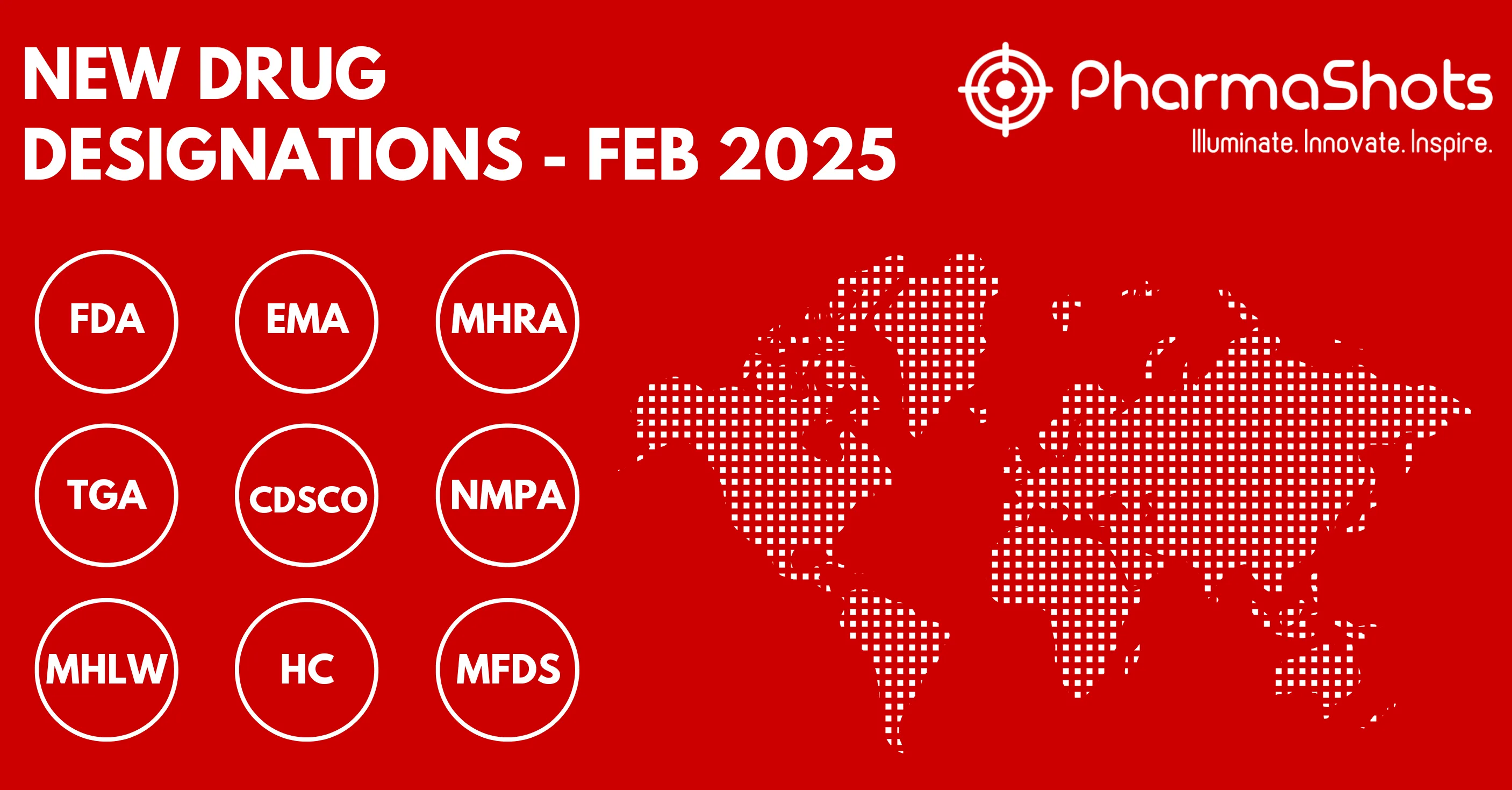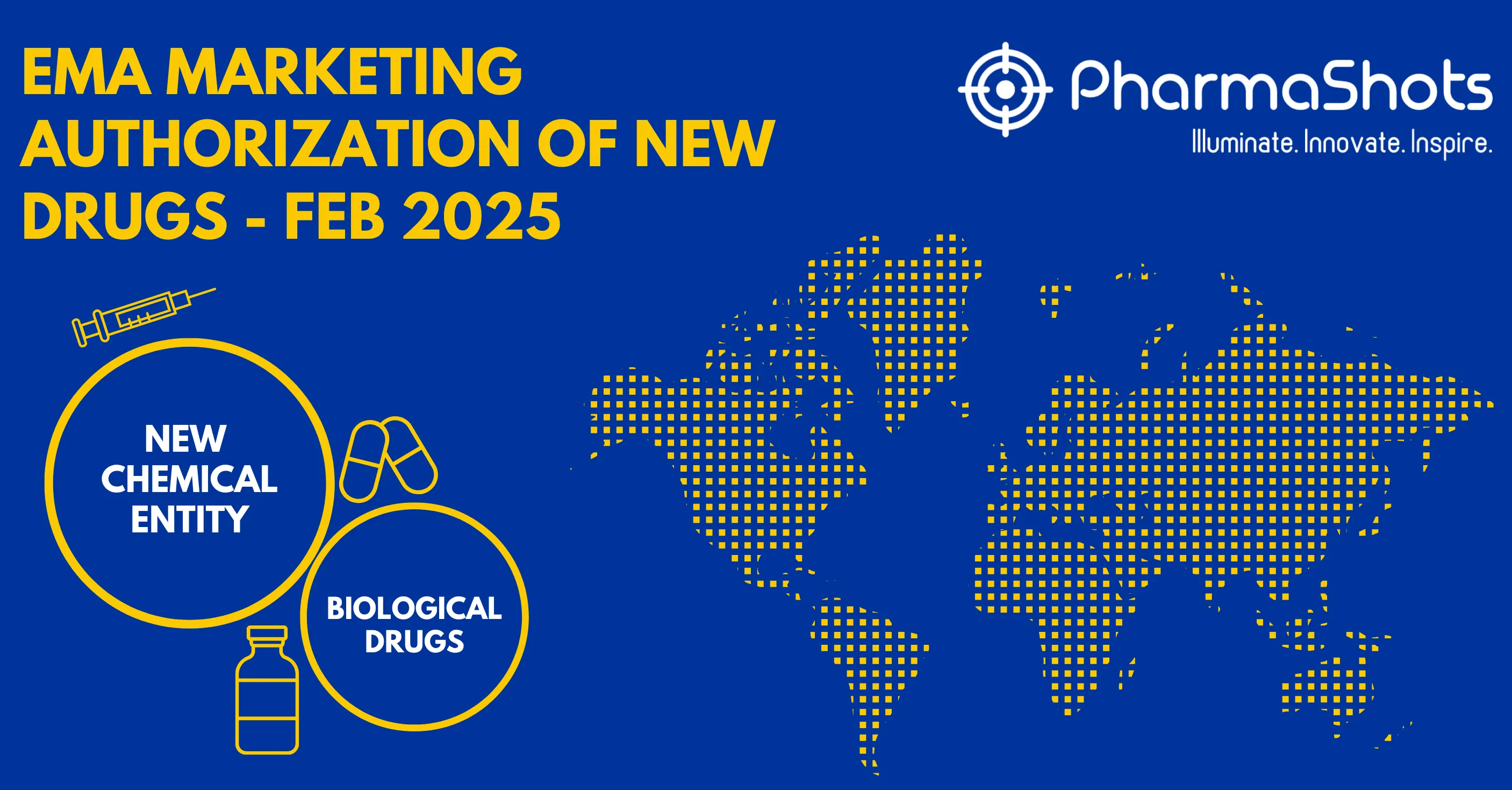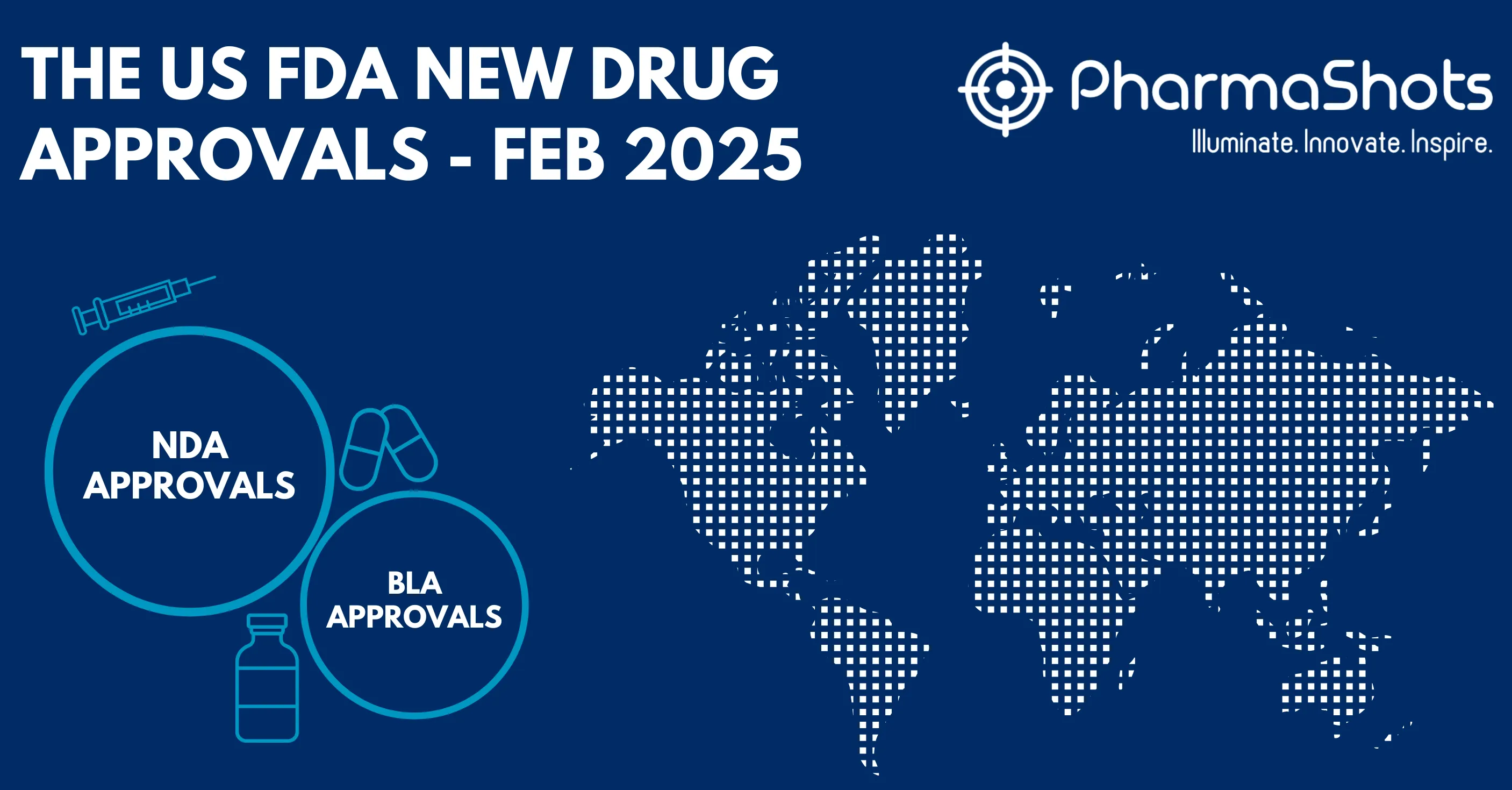
Disease of the Month - Neuroblastoma
Shots:
-
The Disease of the Month report by PharmaShots aims to integrate an advanced approach to disease analysis. The report delves deep into the epidemiology, market size, disease management, available therapies, and key players involved
-
For the February edition of the Disease of the Month report, PharmaShots brings an enlightening guide to Neuroblastoma, a rare form of neurologically associated cancer
-
The condition majorly affects children aged 5 years or above and in rare cases may also impact infants. Every year, the 2nd of February is denoted as the World Neuroblastoma Awareness Day, uniting people to fight against Neuroblastoma
Introduction1,2
Neuroblastoma is a rare form of cancer that appears in nerve tissues immerging from the immature nerve cells distributed throughout the body. The disease originated from the adrenal glands situated above the kidneys and can also develop in areas associated with nerve cells including other parts of the abdomen, chest, neck, and spinal area. Moreover, Neuroblastoma is classified as an embryonal neuroendocrine tumor and can also be defined as a tumor originating from the neural crest progenitor cells. The type of neuroblastoma can be classified from benign palpable mass with distension to major illness from substantial tumor spread due to its high variability and clinical signs and symptoms. neuroblastoma affects children under 5 years and may also rarely occur in older children. According to a report published by Cleveland Clinic, 800 children are diagnosed with neuroblastoma across the United States
Symptoms1,2,3
The symptoms associated with neuroblastoma might be modest or severe, depending upon the tumor site and the stages of the disease. It has also been seen that symptoms of neuroblastoma appear mostly after the disease has progressed. The cancerous cells of neuroblastoma may sometimes release hormones which may impose a negative effect on other parts of the body leading to many different signs and symptoms. The most common signs or symptoms of neuroblastoma includes:
-
Abdominal pain
-
A lump or bump in the abdomen (belly), chest, pelvis, neck, or multiple lumps just beneath the skin that could seem purple or blue
-
Dark circle
-
Diarrhea, Constipation, Loss of appetite
-
Fatigue, cough and fever
-
Pale skin
-
Painful and bloated belly
-
Breathing difficulties
-
Weakness, movement problems or paralysis in the legs and feet
-
High blood pressure
-
Shortness of breath
-
Horner’s syndrome (which causes droopy eyelid, small pupil and sweating on only one side of the face)
-
Pain in the bones, back and legs
-
Problems with balance, coordination and movement
-
Wheezing
-
Chest pain
-
Numbness in bone
Diagnosis1,2,4,5
-
Physical examinations
-
Urine and Blood tests: To check high levels of certain chemicals (hormones) excreted from the neuroblastoma cells producing excess catecholamines
-
Imaging tests: X-ray, Ultrasound, CT scans, Metaiodobenzylguanidine (MIBG) Scan, and Magnetic Resonance Imaging (MRI), PET/CT scans
-
Biopsy: A sample of the affected tissue is removed for laboratory testing including a bone marrow testing
Epidemiology6
Annually, 700–800 cases are diagnosed in the United States, accounting for around 6% of malignancies in children, which makes it the most prevalent (clinical frequency of about one case per 8000–10000 children). Nearly 90% of the cases are diagnosed before the age of 5, with about 37% of cases in infants. The median age for diagnoses is 19 months and for diagnoses prenatal ultrasonography is occasionally used. Neuroblastoma is more common in boys than girls (male-to-female ratio of 1.3:1).
Market Size7
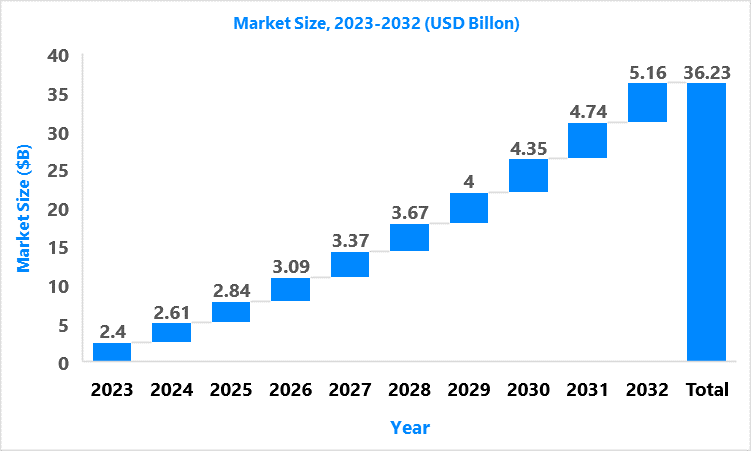
Management and Treatment1,2,4
Treatment for neuroblastoma is determined by various factors, including the child's age, disease stage, and overall health. The common treatment options for neuroblastoma are as follows:
-
Surgery: Tumors can be surgically removed if they are localized and easily accessible. The tumors may not be removed if the cancer has spread.
-
Chemotherapy: Chemotherapy involves the use of powerful medications to kill or prevent cancer cells from developing. It is given to the patient before surgery by injecting the medications into the tissue or administering through mouth. Chemotherapy given before the surgery decreases the tumor present within the body making it easy to be surgically removed and when given after the surgery helps in eliminating the remaining cancer cells. In some cases, Chemotherapy can also be used as the main treatment method
-
Radiation Therapy: Radiation therapy is a method that leverages high-energy X-rays or other forms of radiations to kill or inhibit the growth of cancer cells. It may be used in along with surgery and/or chemotherapy and is particularly used if the cancer has spread to the bones or other organs
-
Immunotherapy: Immunotherapy is a treatment method that allows the body to use its natural defenses against cancer. It uses drugs like monoclonal antibodies that target specific proteins on cancer cells, and immune checkpoint inhibitors, which help the immune system in recognizing and attacking cancer cells
-
Targeted therapy: Targeted therapy medications are specifically engineered to target the affected areas within the patient's body. For neuroblastoma, targeted therapies may involve medications that target the ALK gene mutation associated with many neuroblastomata patients
-
Stem cell transplant: In some cases, high-dose chemotherapy and/or radiation therapy are used to destroy bone marrow cells, followed by a stem cell transplant to replace the damaged marrow with healthy stem cells
-
Retinoid therapy: Retinoid therapy is mostly given to the patient after chemo/radiation therapy as it helps in reducing the chance of relapse or reoccurrence
Product Dashboard

Key Players in the Market8

-
Unituxin (Dinutuximab) is approved to be used with GM-CSF, aldesleukin (IL-2), and 13-cis retinoic acid to treat patients with high-risk neuroblastoma. It is commonly used in children who had at least a partial response to other drugs and other types of treatment
-
Iwilfin (Eflornithine hydrochloride) is a product developed by US WorldMeds for the treatment of high-risk neuroblastoma. It is indicated for adults and children who have had a partial or complete response to combined therapy with anti-GD2 immunotherapy
Clinical Trial Analysis9
Today there are many pharmaceutical companies that are working to develop new treatment options, either as monotherapy or in combination, for neuroblastoma. As of February 8, 2024, about 84 interventional clinical trials have been registered worldwide for neuroblastoma.
Some of the key molecules involved in the trials are 64-Cu-SARTATE (Clarity Pharmaceuticals); LY3295668 (Eli Lilly and Co.); SACT 1 (Aptorum Group); TAA06 (Person Gen Biotherapeutics)
Based on the geographical distribution, the interventional and industry-sponsored clinical trials are classified in the below-mentioned graph into two groups based on their status: active (recruiting, active, not recruiting, not yet recruiting and enrolling by invitation, suspended) and inactive (withdrawn, terminated, and trials with unknown status)
The maximum number of active trials is being conducted in the US, France, Spain, Canada, and UK while a relatively fewer trials were reported in China and Korea (as represented in the graph)
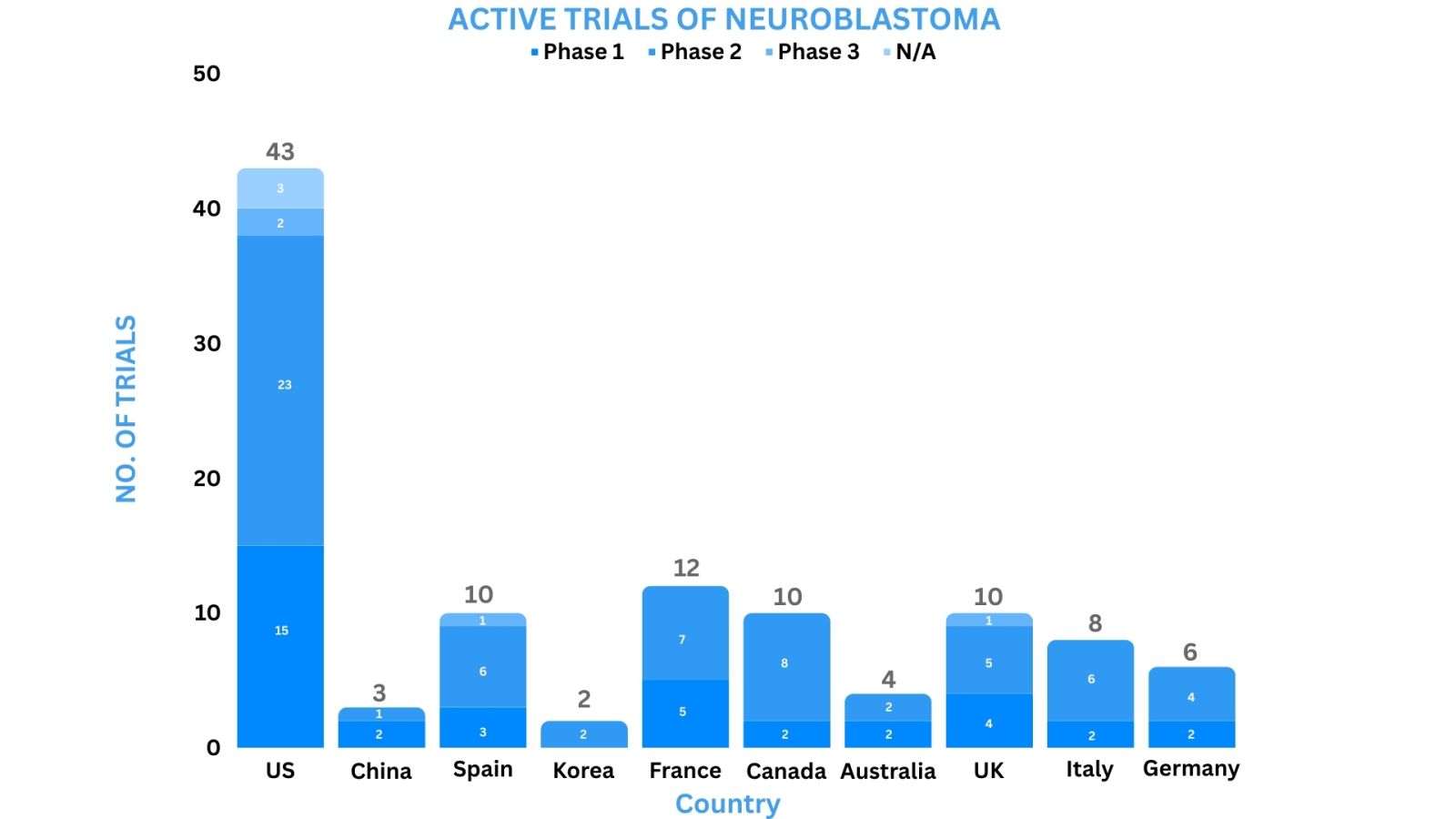

Patient Advocacy Groups (PAGs) for Neuroblastoma

References
-
Mayo Clinic 2
-
Cleveland Clinic
-
Cancer Research UK
-
Standford Children
-
Cincinnati Children's
-
Medscape
-
Global Newswire
-
National Cancer Institute
-
Clinical Trials.gov
Related Post: Disease of the Month - Glioblastoma
Tags

Disha was a content writer at PharmaShots. She is passionate and curious about recent updates and developments in MedTech and Pharma industry. She covers news related to clinical trial results and updates. She can be contacted at connect@pharmashots.com.




